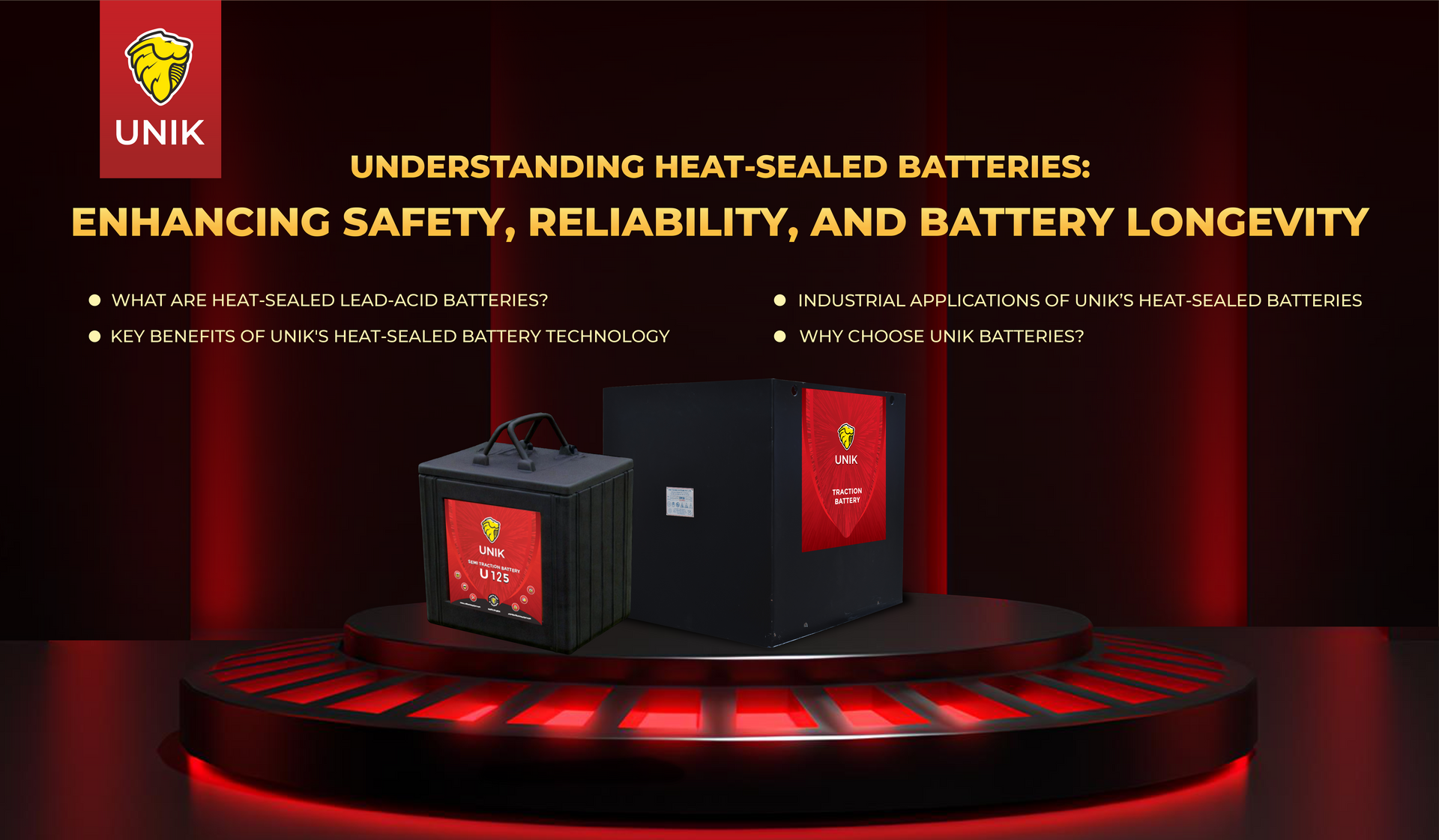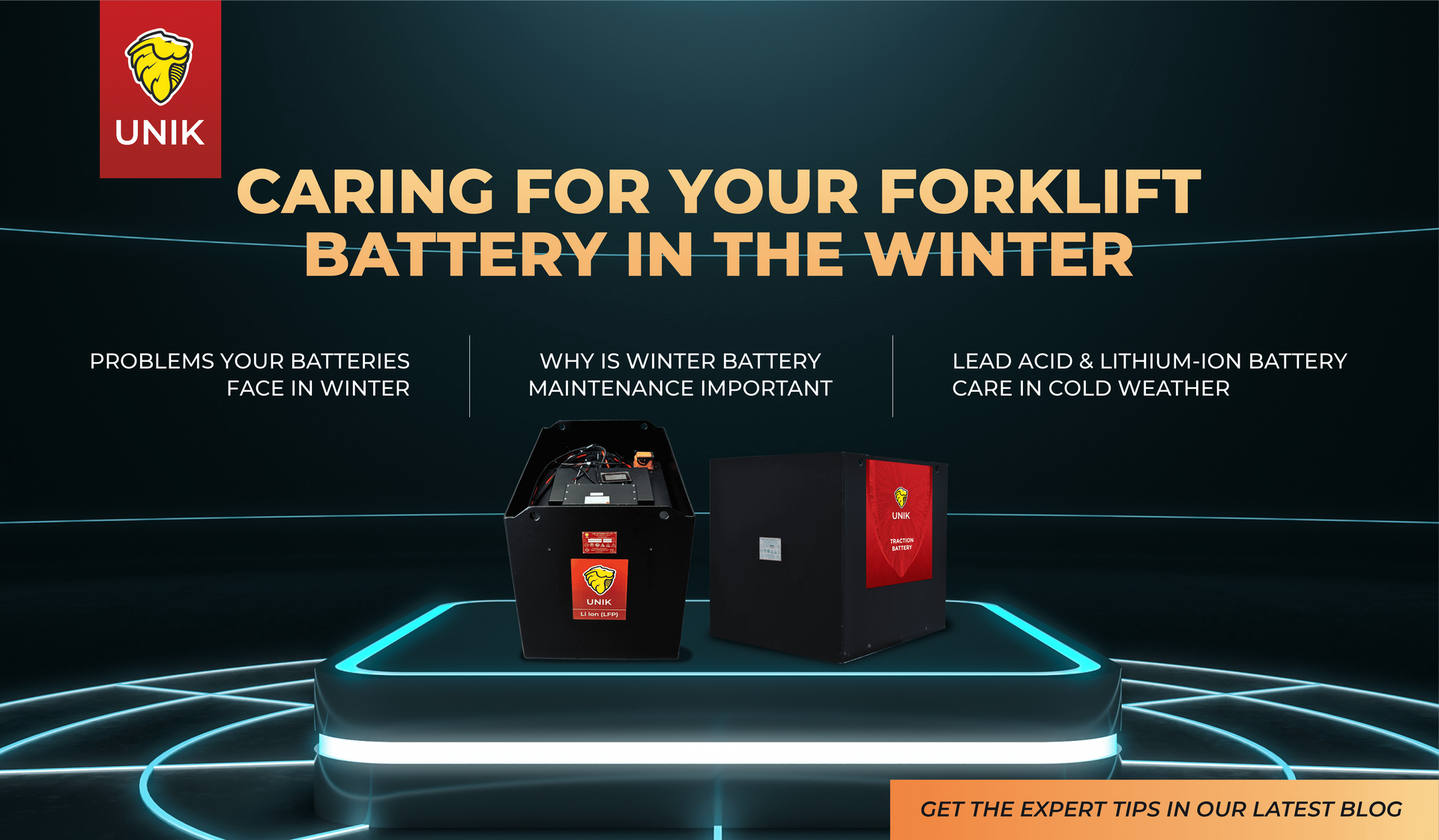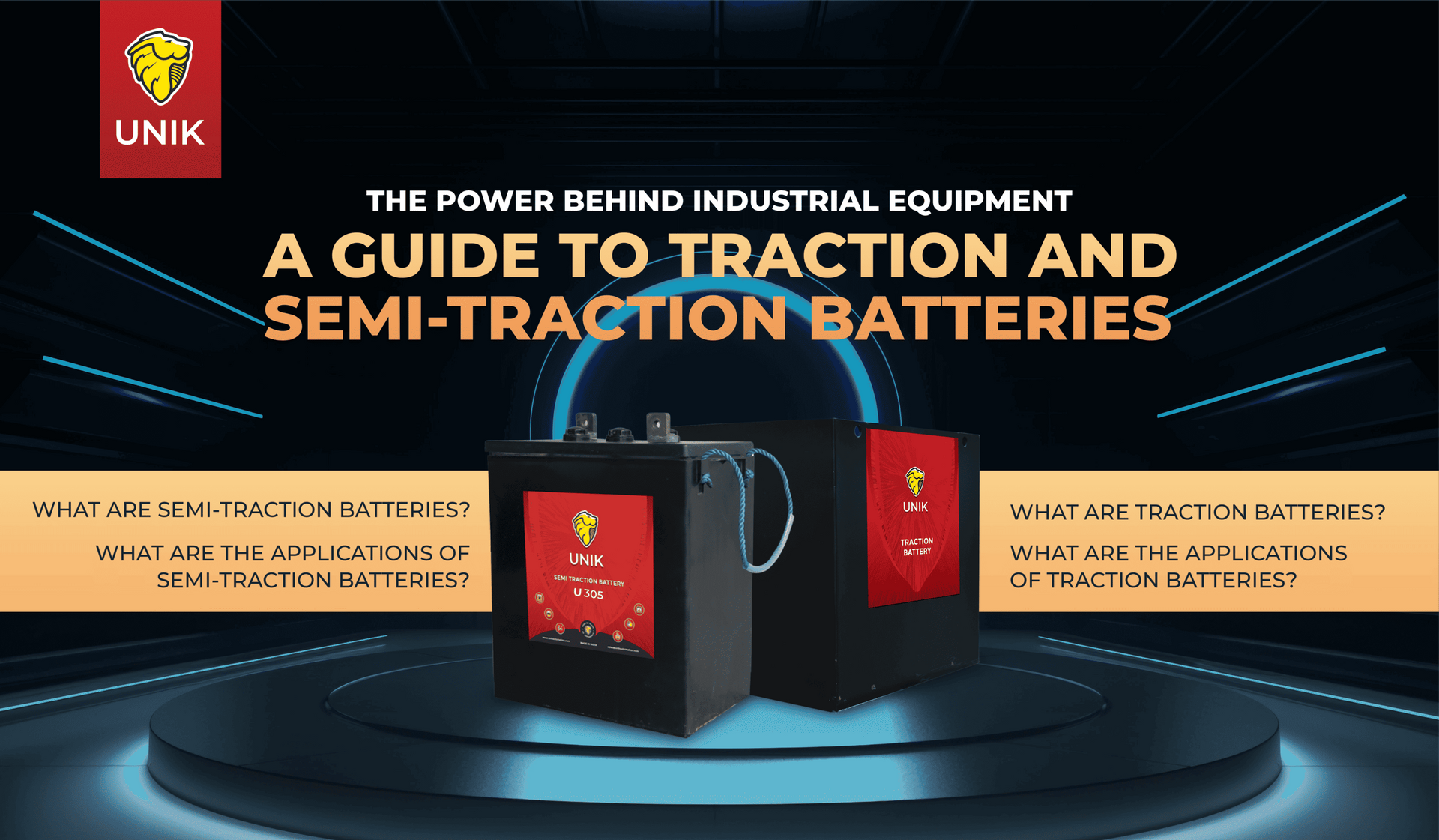What are the physical differences between a lead-acid car battery and a lead-acid deep-cycle battery?
The physical differences in the external construction is generally wrt the take off terminals.
A car battery classified as automotive battery invariably has taper terminals with positive terminals being of a bigger diameter compared to negative terminals which are of a relatively smaller diameter. These are of a defined standard size conforming to international standards and SAE specifications.
Deep cycle batteries have taper terminals or L shaped terminals or embedded type terminals such that the customer can connect lugs of cable using different types of terminations.
The physical differences in the internal construction is as follows:
Automotive batteries have very thin positive and negative plates with number of plates being more so that the surface area is very high to enable delivery of high currents required for engine cranking applications.
On a like to like same Voltage & Ah basis deep cycle batteries have thick negative plates and much thicker positive plates if the batteries are of pasted plate type. In case they are of tubular type the positive plates are of heavy tubular design construction types and negatives are made of thick pasted plates. The number of plates per cell is also lesser in relation to automotive batteries.
The separators used in automotive batteries are very thin with low electrical resistance and the separators have a lower back web thickness.
The separators used in deep cycle batteries are much thicker with thicker backwebs to resist the effects of oxidation during cycling.
The lead busbars used for connecting the plates together in parallel and lead components for interconnection of cells as well as pillars on the end terminal sides are much thicker in deep cycle batteries compared to automotive. This is required since voltage drops are not acceptable when connected to a continuous load during long duration operation of the deep cycle batteries.
The vent plugs of a deep cycle battery are of the Flip Top type to enable water topping up which is required more frequently in the case of deep cycle batteries. Deep cycle batteries are subjected to 80% depth of discharge on a daily basis followed by a recharge daily thereby requiring water top up more frequently.
In certain cases the vent plugs of deep cycle battery are designed to be compatible to the auto filling system unlike in automotive batteries. Automotive batteries are nowadays fitted mostly with coin flush vent plugs which need not be opened for upto six months at a stretch.
The weight of automotive batteries are much lower compared to a deep cycle battery of same voltage and Ah capacity.
I have restricted my answer to the physical differences externally visible and to the physical differences of components which are obvious during manufacturing process.




CORPORATE OFFICE:
UNIK Batteries Pvt. Ltd.
J-52/4, Indrayaninagar Road, M.I.D.C, Bhosari, Pune, Maharashtra
411 026, India.
CONTACT US:
International enquiries:
Meghav Bafana
Phone: +44 7756 077320
Email:
meghav@unikbatteries.com
Local & general enquiries:
Shubhangi Daundkar
Phone: +91 98504 13331
Email:
marketing@unikbatteries.com
© 2025 Unik Batteries Pvt. Ltd. All Rights Reserved
Digital Presence Managed By: Knowledge Units


